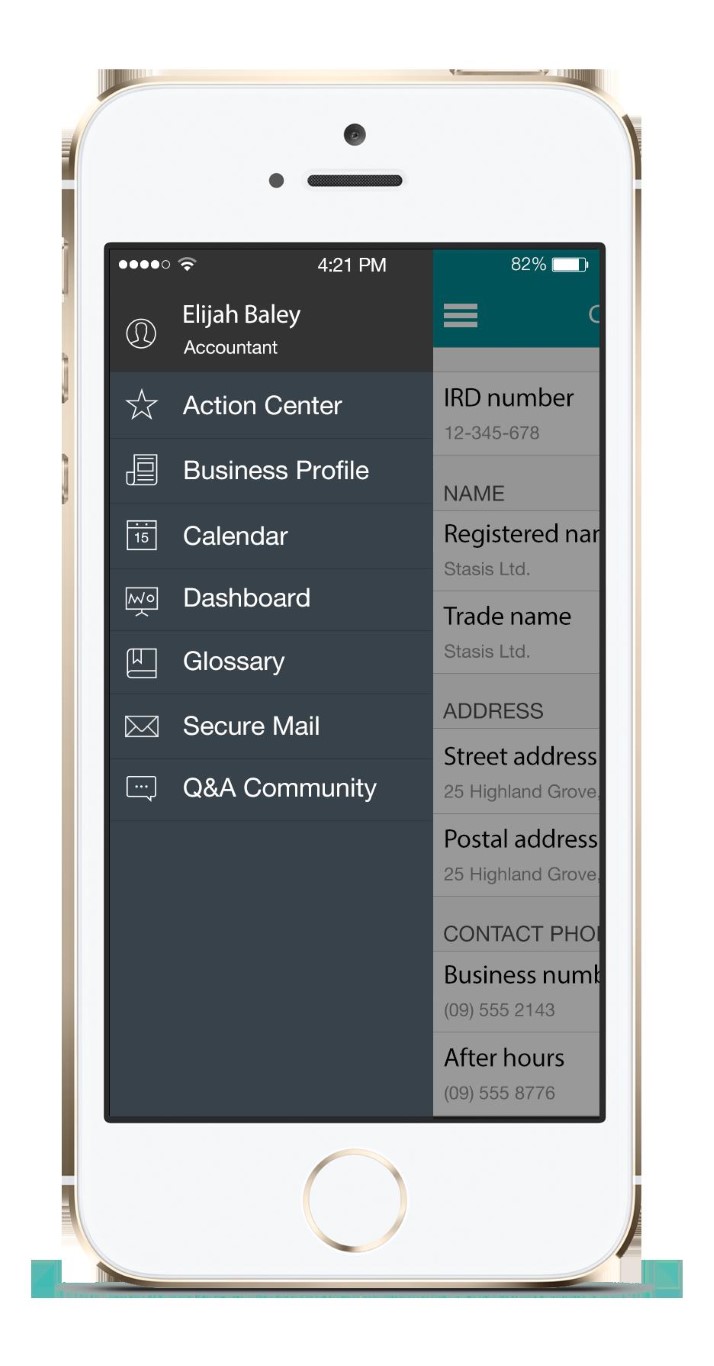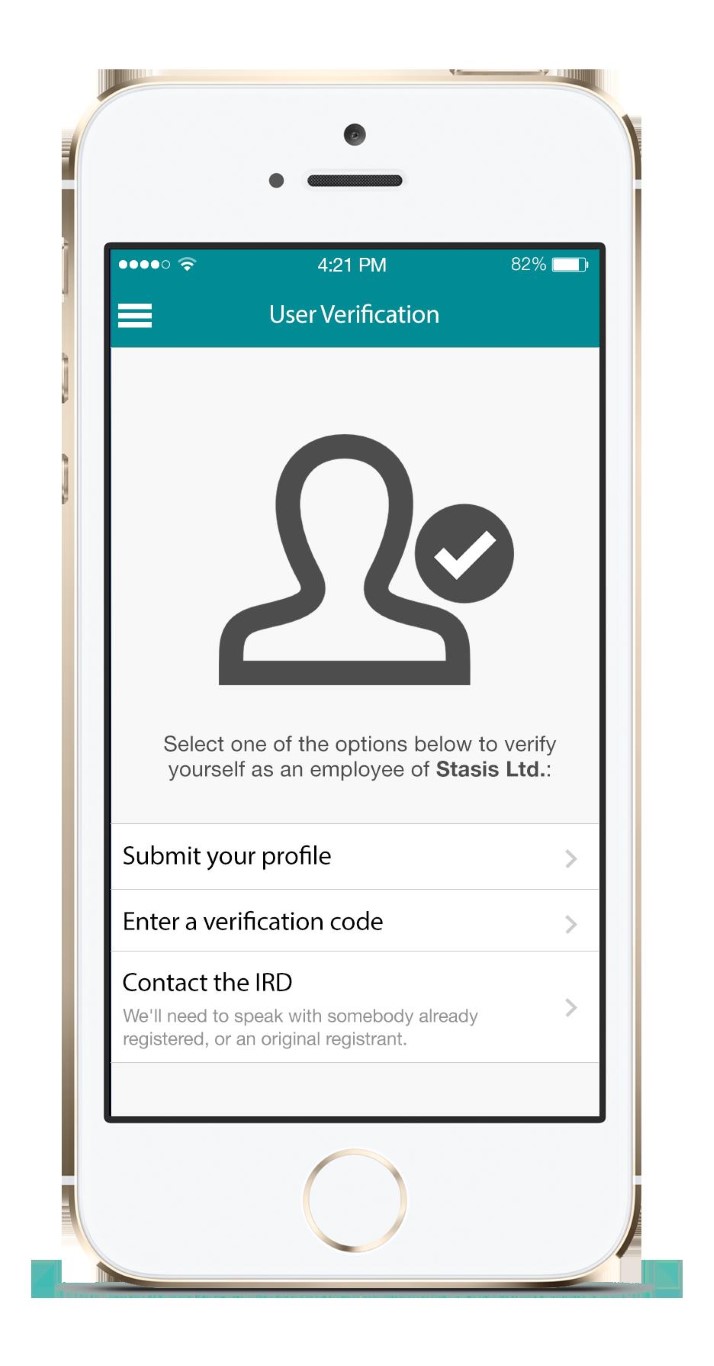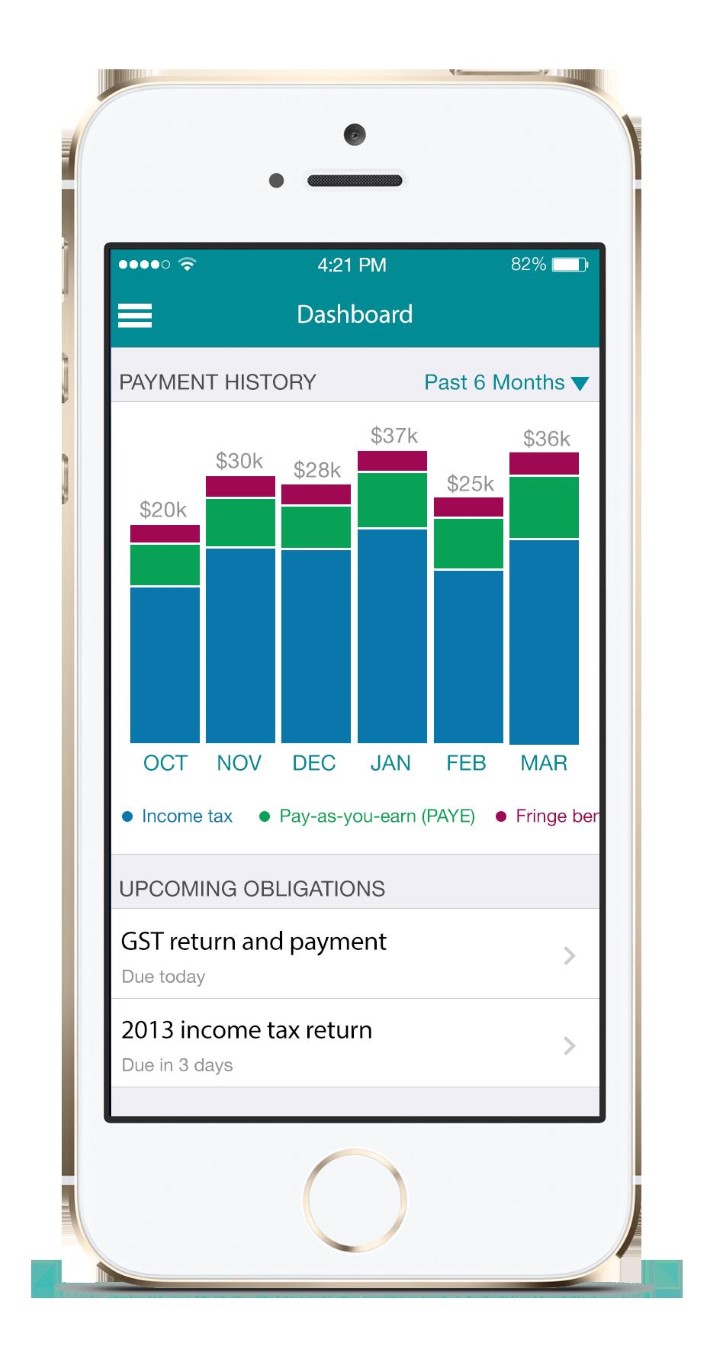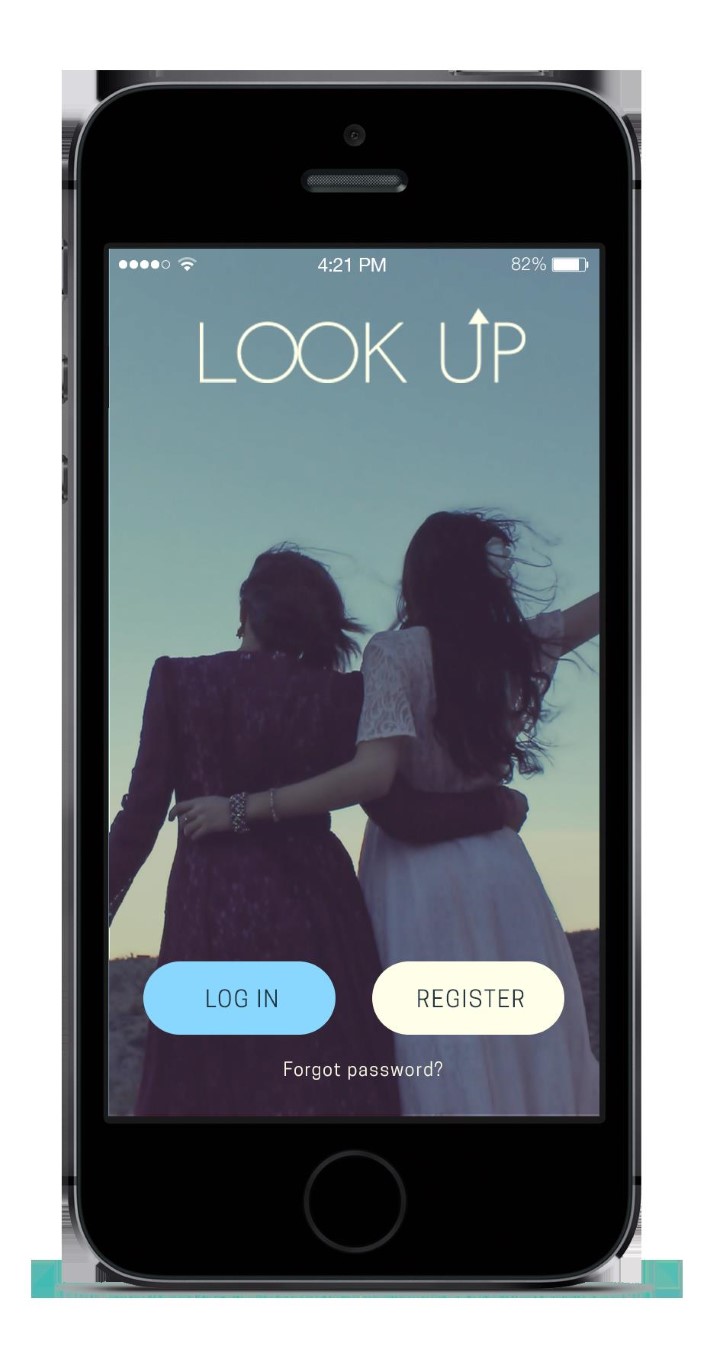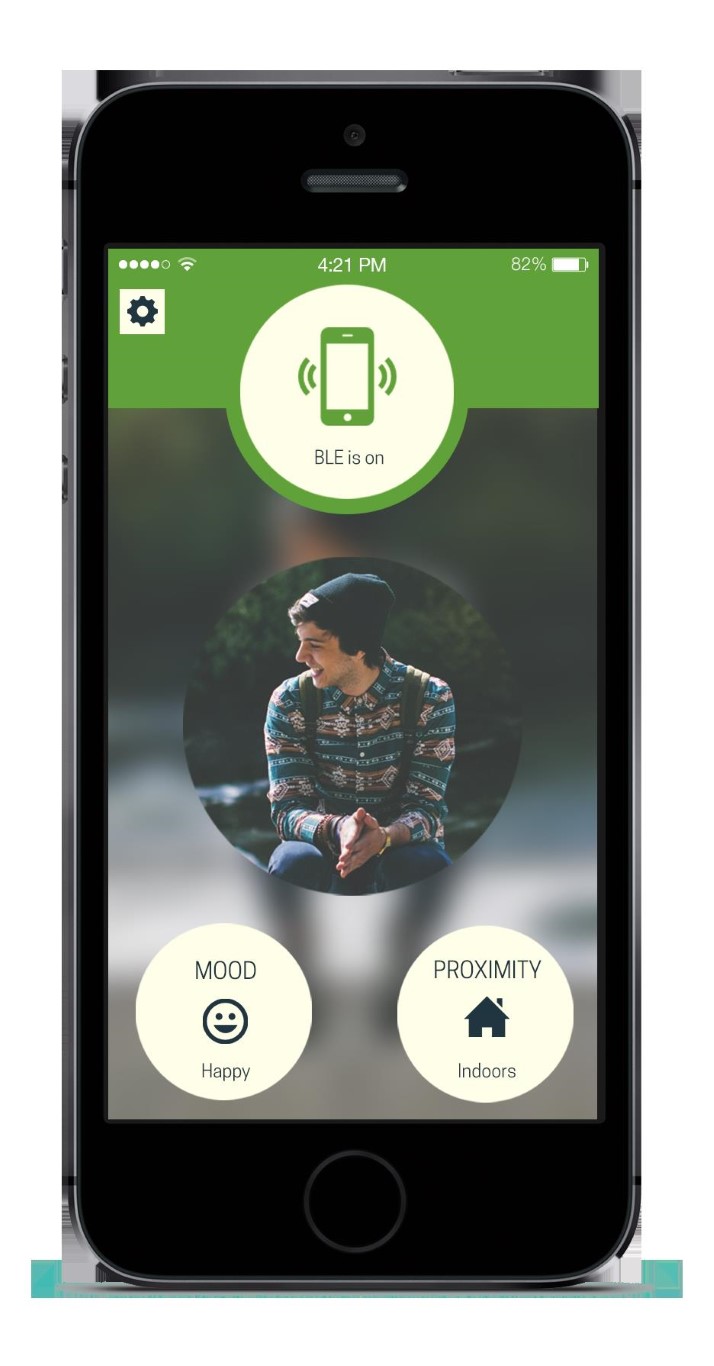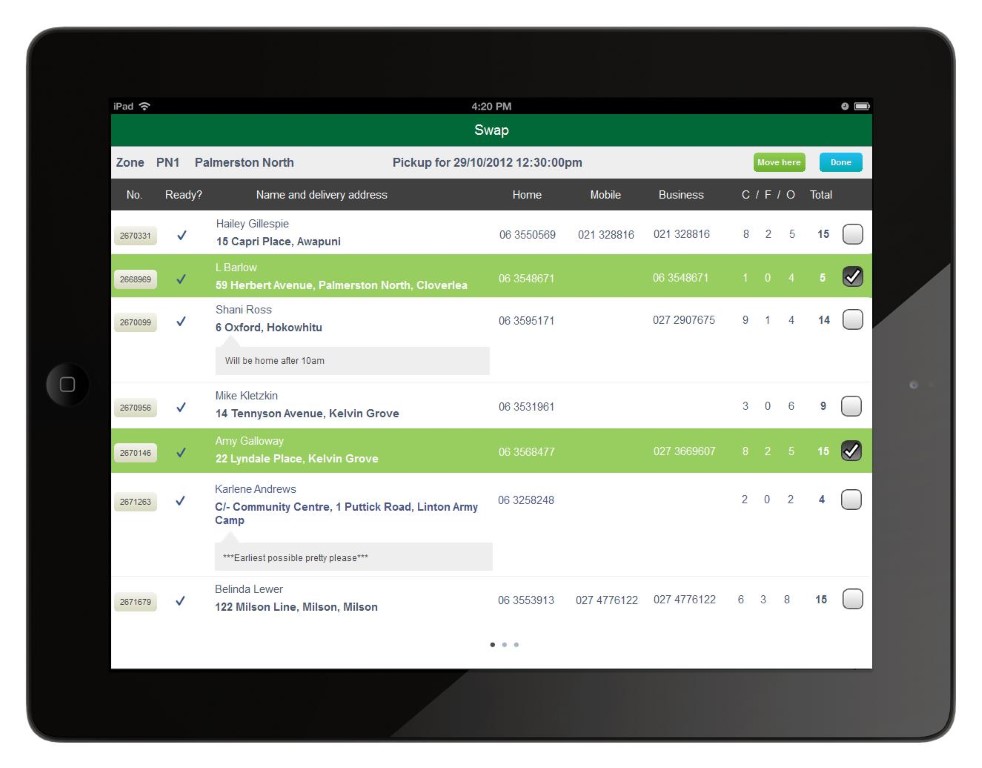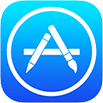Since you made it to our blog, you are probably thinking of creating an app. Let me share with you the things I wish I'd known when I was making my first app 11 years ago.
We cover this in our paid Agile Concept Workshops, but I'm happy to share it because I’ve been there and I know getting started is the toughest part.
How I got started
It was 2007 and I was working as a consultant implementing hugely complex and expensive German software called SAP. I was one cog in a giant machine and I struggled to visualise how my job contributed to society. I dreamed of doing something else. That year I had managed to buy one of the very first iPhones on a business trip to the US. It was plain to see that everything about it was revolutionary. So when Steve Jobs announced in October 2007 that Apple was opening up the iPhone to 3rd-party developers, I knew I had to seize the opportunity.
I spent months researching my idea (a flower search engine), I compiled a database of botanic knowledge, I found a software development partner, and after several more months in development agony we had a product ready to launch. I still clearly remember pushing the "Upload" button on the App Store for the first time. Unfortunately, not many people downloaded that first version. As I found out the hard way, at least initially, there was no product-market fit.
Product-Market Fit
The number one lesson I learned was "Product-market fit". What does this mean? It's one thing having a business idea, but it's a whole other ball game knowing whether the idea will attract strangers. Strangers make up "the market", and unlike friends they won't patiently wait for you to explain your idea. The market will see your product and instantly judge it on the simple question: "does it improve my life?"
As you can tell, the product-market fit is vitally important to the success of your app. That's why we focus on this in preparation for and during the first day of our Agile Concept Workshops. We've developed a great process for checking product-market fit, which you can find below.
Process to check Product-Market Fit
Mindset: it starts with setting ourselves up with the mindset of guided experimentation. In other words, we should be thinking critically about how best to present our idea to the market, while treating the whole thing like an experiment and welcoming feedback.
Document your assumptions:
Specifically, create a hypothetical profile or two of your typical customer. In order to be most effective, these profiles should be quite realistic people, with their own background stories. The background details are necessary to get the most out of our research by planting our thinking in reality.
Second, for each profile, write down in detail the hypothetical problems they face which your product may help them with. How did the problem arise? How have they been dealing with it so far? How does your product help them? How is your product better than the alternative solutions?
Test your assumptions: this is the scary part -- will real people react how you've assumed, or are you way off? The answer to this question will determine whether you are on the right track. A great way to check is to query or shadow (with permission!) actual people in your target market. In some cases this is impractical, and we recommend surveys or virtual interviews.
Clients often tell me it is scary knowing that their idea may be way off, to which I reply: wouldn't you rather know now instead of knowing after you'd spent $100K on launching your app? From a risk-mitigation point of view it is a no-brainer.
The other great benefit of checking your product-market fit early on is the ability to pivot, or adjust your business plans based on the feedback and observations you receive. We often see clients pivoting and going back through this exercise until their hypothetical product matches reality. That's when they can be confident on having a product-market fit!
















